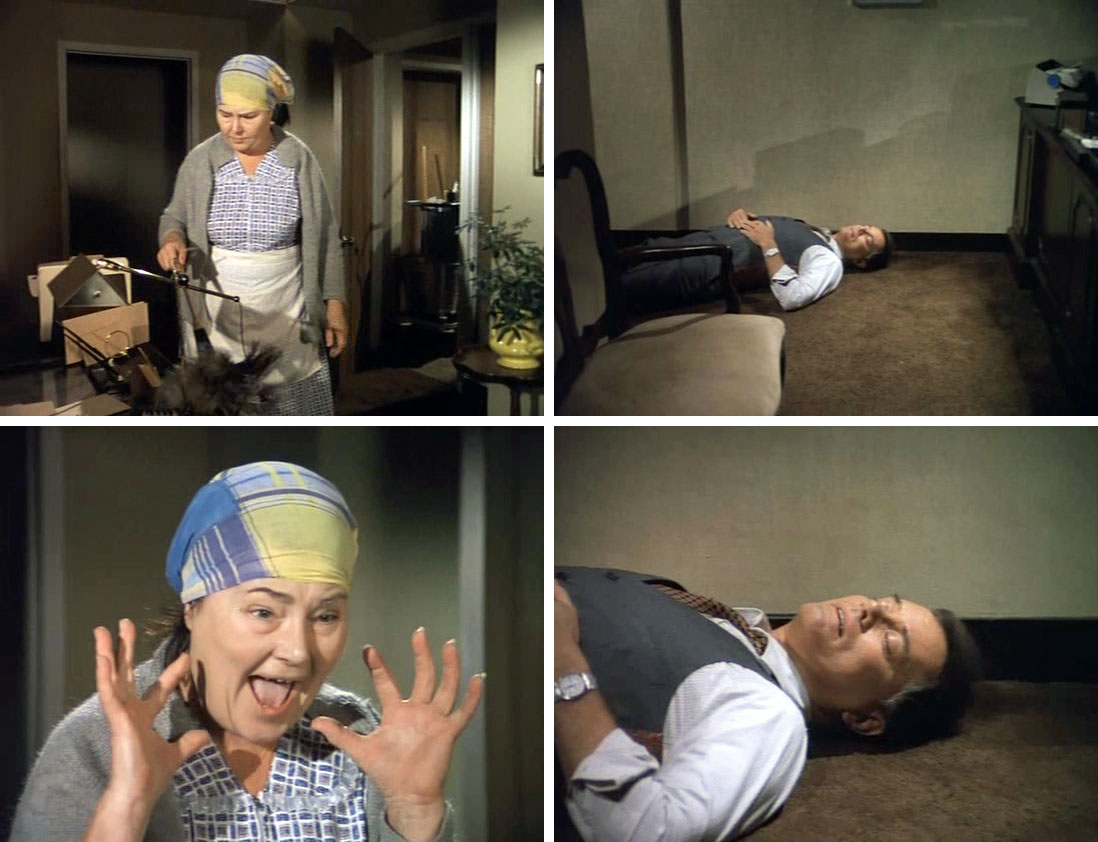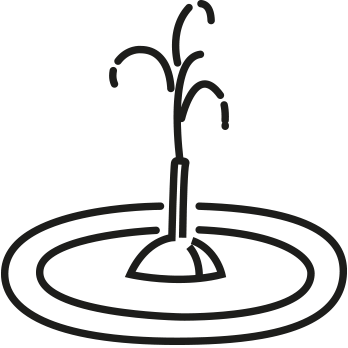
In the closing scene of the third season finale of Dallas, dastardly oil baron J.R. Ewing was shot by an unknown assailant. The question of “Who shot J.R.?” plagued viewers until close to a year later, when it was revealed that he was in fact alive, and the assailant had been none other than his sister-in-law and mistress, Kristin Shephard.
The device of the ‘cliffhanger ending’ has long been popular in television, film and literature; and it now applies in our reading and understanding of news and current affairs, and in an escalated form. The Guardian’s red “Live” box, and its flashing button that accompanied much of 2016 and continues to thrive in 2017—with three potential tabs going on its Minute by Minutes section as I write—has offered live updates and instantaneous reflection on the EU referendum, the US election and the March attack at Westminster. Updating information in fits and starts as events, results, impact and context are understood; establishing strange narratives that shift and change as things unfold, creating sort-of limericks out of world events.
It is not that the reporting of breaking news in the media is a new phenomenon—it has long been applied in radio, television and in newspapers, and is an important service—but live updates, ‘Breaking News’ Twitter profiles, or the BBC app that sends alerts to your phone, exacerbate the potential for ‘cliffhanger endings’ in our understanding of daily life. We can be strung to the page, clicking through as each update arises, the tension mounting when you are only halfway through a note when another part of the story unfolds. Unlike the fans of Dallas who had to wait months on their conclusion, ours are resolved and replaced, sometimes in a matter of seconds.
News, or at least the reading of news, moving predominately online and onto personal devices has, perhaps inadvertently, created a slump in investigative or reflective journalism. We often receive news in a mix, as if we are catching parts of various salacious conversations at orbiting restaurant tables, never quite catching the beginning, or most likely the end, either. Our understanding is with dribs and drabs of context, which will often be fact-checked at a later date, and edited a few times over. The expectation of substance, confirmation, and rigour has made way for news that is immediate, flexible and reactive. As the Blue-footed Booby bird feed undigested, regurgitated fish to their young, we are fed segments of information in bitesize chunks, dependent on the source, but without any particular understanding of it.
Our expectation for instant gratification has led to much-publicised accounts of our degrading attention spans, and think-pieces and advice columns on so-called digital detoxes. If we are to improve our understanding of current affairs, the impact of our decisions and the knock-on effect of events worldwide, a considerable space needs to be marked out for reporting and analysis that surpasses “Whodunnit?”
May, 2017
The device of the ‘cliffhanger ending’ has long been popular in television, film and literature; and it now applies in our reading and understanding of news and current affairs, and in an escalated form. The Guardian’s red “Live” box, and its flashing button that accompanied much of 2016 and continues to thrive in 2017—with three potential tabs going on its Minute by Minutes section as I write—has offered live updates and instantaneous reflection on the EU referendum, the US election and the March attack at Westminster. Updating information in fits and starts as events, results, impact and context are understood; establishing strange narratives that shift and change as things unfold, creating sort-of limericks out of world events.
It is not that the reporting of breaking news in the media is a new phenomenon—it has long been applied in radio, television and in newspapers, and is an important service—but live updates, ‘Breaking News’ Twitter profiles, or the BBC app that sends alerts to your phone, exacerbate the potential for ‘cliffhanger endings’ in our understanding of daily life. We can be strung to the page, clicking through as each update arises, the tension mounting when you are only halfway through a note when another part of the story unfolds. Unlike the fans of Dallas who had to wait months on their conclusion, ours are resolved and replaced, sometimes in a matter of seconds.
News, or at least the reading of news, moving predominately online and onto personal devices has, perhaps inadvertently, created a slump in investigative or reflective journalism. We often receive news in a mix, as if we are catching parts of various salacious conversations at orbiting restaurant tables, never quite catching the beginning, or most likely the end, either. Our understanding is with dribs and drabs of context, which will often be fact-checked at a later date, and edited a few times over. The expectation of substance, confirmation, and rigour has made way for news that is immediate, flexible and reactive. As the Blue-footed Booby bird feed undigested, regurgitated fish to their young, we are fed segments of information in bitesize chunks, dependent on the source, but without any particular understanding of it.
Our expectation for instant gratification has led to much-publicised accounts of our degrading attention spans, and think-pieces and advice columns on so-called digital detoxes. If we are to improve our understanding of current affairs, the impact of our decisions and the knock-on effect of events worldwide, a considerable space needs to be marked out for reporting and analysis that surpasses “Whodunnit?”
May, 2017
All text originally published in Book Test Unit, by the Royal College of Art. All images courtesy of magazine and artist. All text copyright Billie Muraben.

